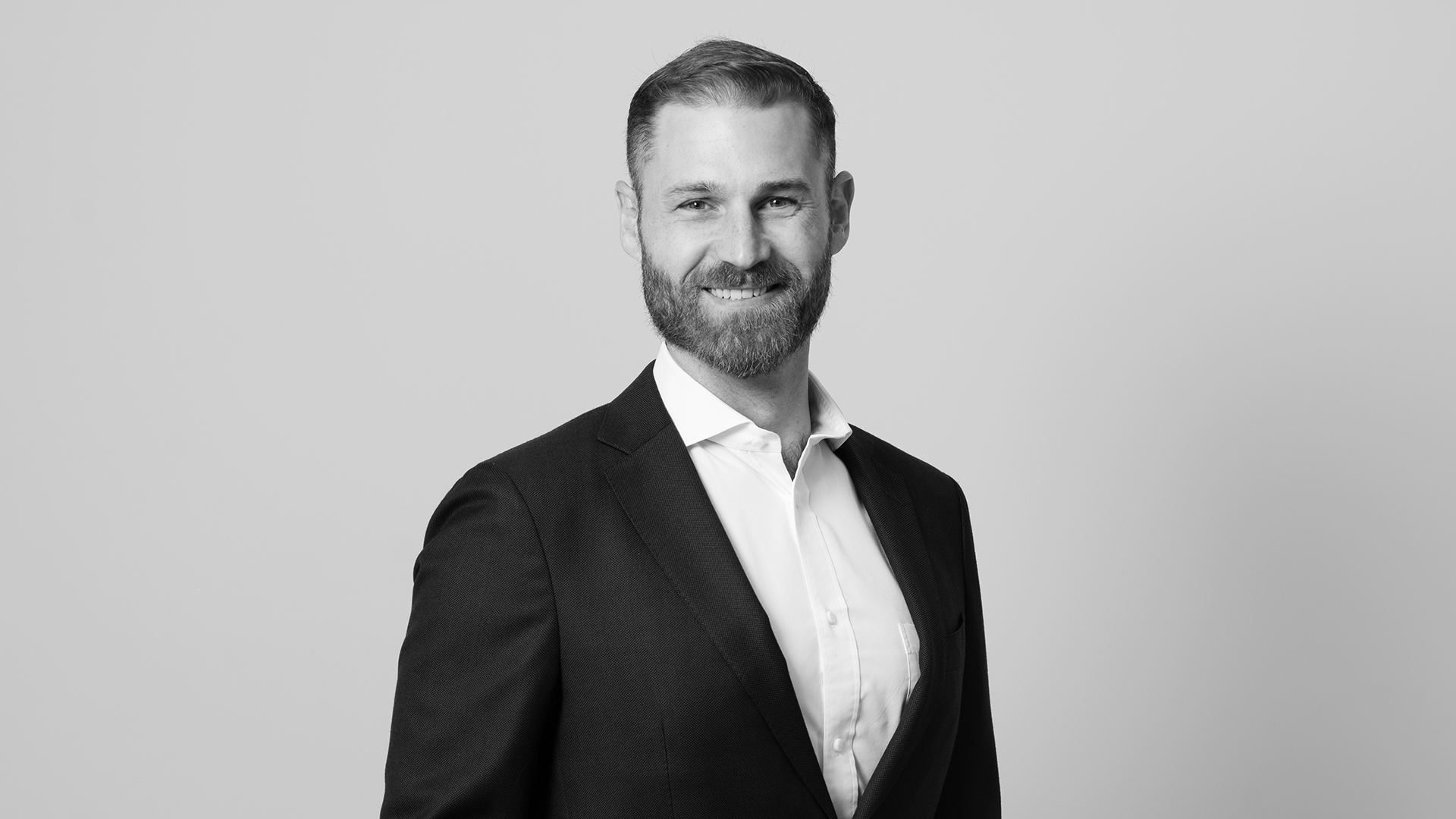Peter Haje was a core member of Burford’s investment committee from its founding in 2009 until his death in July 2017. A partner of Paul Weiss for over two decades, he became the Executive Vice President and General Counsel of Time Warner in 1990, and Executive Vice President and General Counsel of Time Warner Entertainment Company, a former subsidiary of the company, from 1992 until 1999.
We conducted the interview below with him in November 2016.
As general counsel of a Fortune 50 company, a partner of an AmLaw 50 law firm, and an early and active participant in the field of litigation finance, you’ve seen the economic pressures on the business of law from every angle. Based on that broad perspective, what do you see as the most persistent challenges? Where do you see positive trends or opportunities to relieve pressure?
The most persistent challenges in the law business are, in my opinion, likely to fall in three areas.
First, there will be continuing pressures on what are for now, for many law firms, high margin/low value added activities, e.g., discovery practice. Improvements in information technology are certain. Tech savvy clients will lead the way in demanding more efficient output from their lawyers. Law firms that invest (and continue to invest) intelligently in information and automation technology and that develop permanent staff to maneuver effectively in this field should be at a meaningful cost advantage over others. As part of that investment, those law firms will also develop techniques for more thorough case analysis (of course including cost analysis). This will further advantage them in the fee negotiations which will, I think, increase in intensity over time--and should make those firms more confident in their ability to depart from hourly billing.
A second challenge is management and quality control issues, especially for multi-city, multi-country firms. With size and separation come diffusion and, regrettably, shifts of loyalty, which are exacerbated by pay systems based on individual profitability. Dependence on major clients (even to particular client executives) can outweigh a lawyer’s ties to his or her law firm and partners, many of whom may be, at best, names in a directory. Strengthening centripetal forces without imposing stifling controls on lawyers is a great and enduring challenge and will require active and continuous effort.
A third challenge is finding adequate career satisfaction over the long term. As specialization grows, especially given the above issues of diminished economics and diminished relevance of the lawyer to the fortunes of his or her own firm, unhappiness seems to follow. Regimentation does not suit a lot of people who choose to become lawyers, and when billable hours become the measure of success for associates and newer partners and business origination the measure for more established partners, many will become increasingly dissatisfied. To my observation, admittedly based on a rather narrow sample, early retirements and career switches are growing apace.
As a member of Burford’s investment committee, which has reviewed thousands of commercial matters over the last seven years, do you have advice for those seeking financing?
I would offer the following advice for parties (and law firms) seeking litigation finance:
- Evaluate your cases and your counsel (or the talent in your law firm) realistically. Litigation funders need to see a strong possibility of a good return on their capital investment. They don’t take flyers or bet on weak cases in hopes of extracting a settlement. They want to see solid cases that are being run by successful litigators with experience in the issues to be litigated.
- Evaluate your ability to maintain your business (or your law firm) through the expected duration of the litigation (or the portfolio). Litigation funders may be able to work around instability or even looming insolvency, but if this is a risk, you should address it candidly.
- Check on the reputation and financial capacity of the litigation funder. You want a funder who is decisive, incisive and can fund your needs, not a funder whose due diligence will stretch on for months, or who stalls in coming to a decision, or who has to go out and find or call in the money to fund your matter or matters.
- Use counsel to advise you on litigation funders and to help you negotiate the funding agreement. Issues of privilege and legality may vary according to the jurisdiction or jurisdictions involved. You need to be well advised.
- Prepare, with your counsel, a candid case summary that will give the funder a clear picture of the merits and risks and the history of the case (or portfolio). This will simplify the funder’s decision making, help target its due diligence investigation and done right, will build confidence in your credibility and your case (or portfolio).
The business of law is notoriously slow to innovate. Do you feel there remains some truth to this cliché, and if so, where would you most like to see innovation?
Yes, I’m sorry to say, I do think lawyers typically are slow to innovate. Let me skip why that seems to be true and go directly to innovations I’d like to see:
- More real risk sharing with clients. Much of what lawyers propose as alternative billing are modest discounts on hourly fees with meaningful uplifts for “success,” sometimes loosely defined. That’s not impressive. Litigation budgeting is hard and uncertain, but in my experience a much better, more scientific job can be done than most law firms even try to do. While many established law firms shy away from contingency work, I think that can be short sighted. What I’d like to see more of is fixed fee work for different stages of litigation with uplifts for defined success, and candid discussions along the way for how the arrangement is working out for both parties.
- More investment in technology and in tech-capable personnel as a way of reducing costs without killing profitability.
- More rigorous cost analysis and attention to cost-cutting methods. Lawyers need to recognize the deep public unhappiness with the cost of legal services. Regardless of one’s views of non-lawyer ownership of U.S. law firms, U.S. lawyers need to take a look at what’s happening elsewhere in the world and recognize that pressures for alternative legal service structures flow from the high price of legal services. Non-lawyer companies with great commitment to cost-cutting and automation look at our lawyer inefficiencies and salivate.




